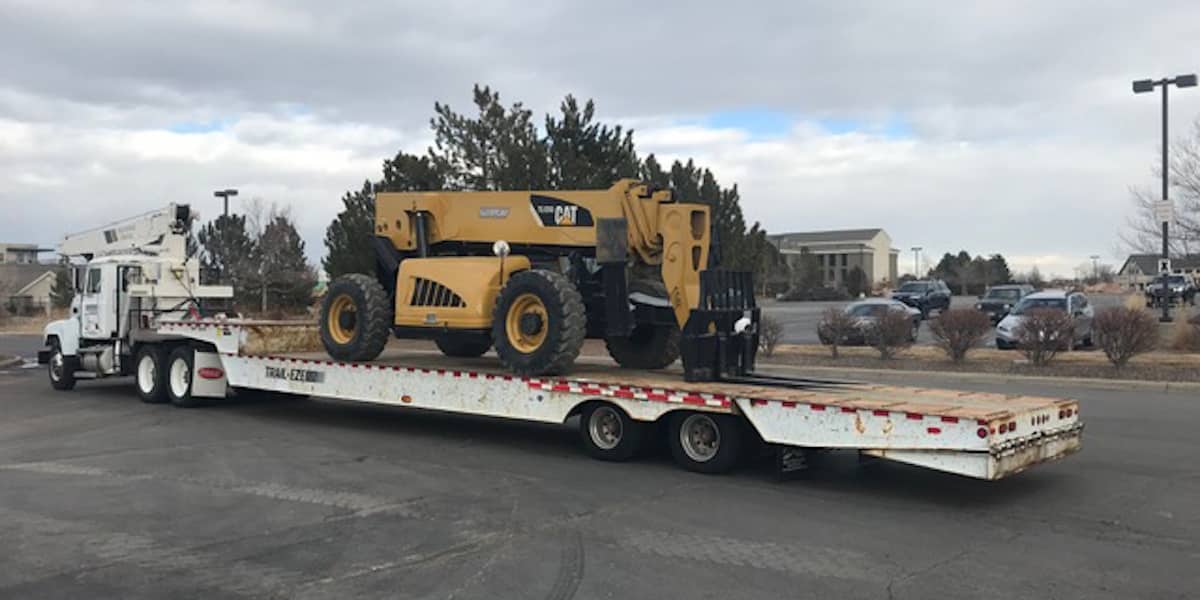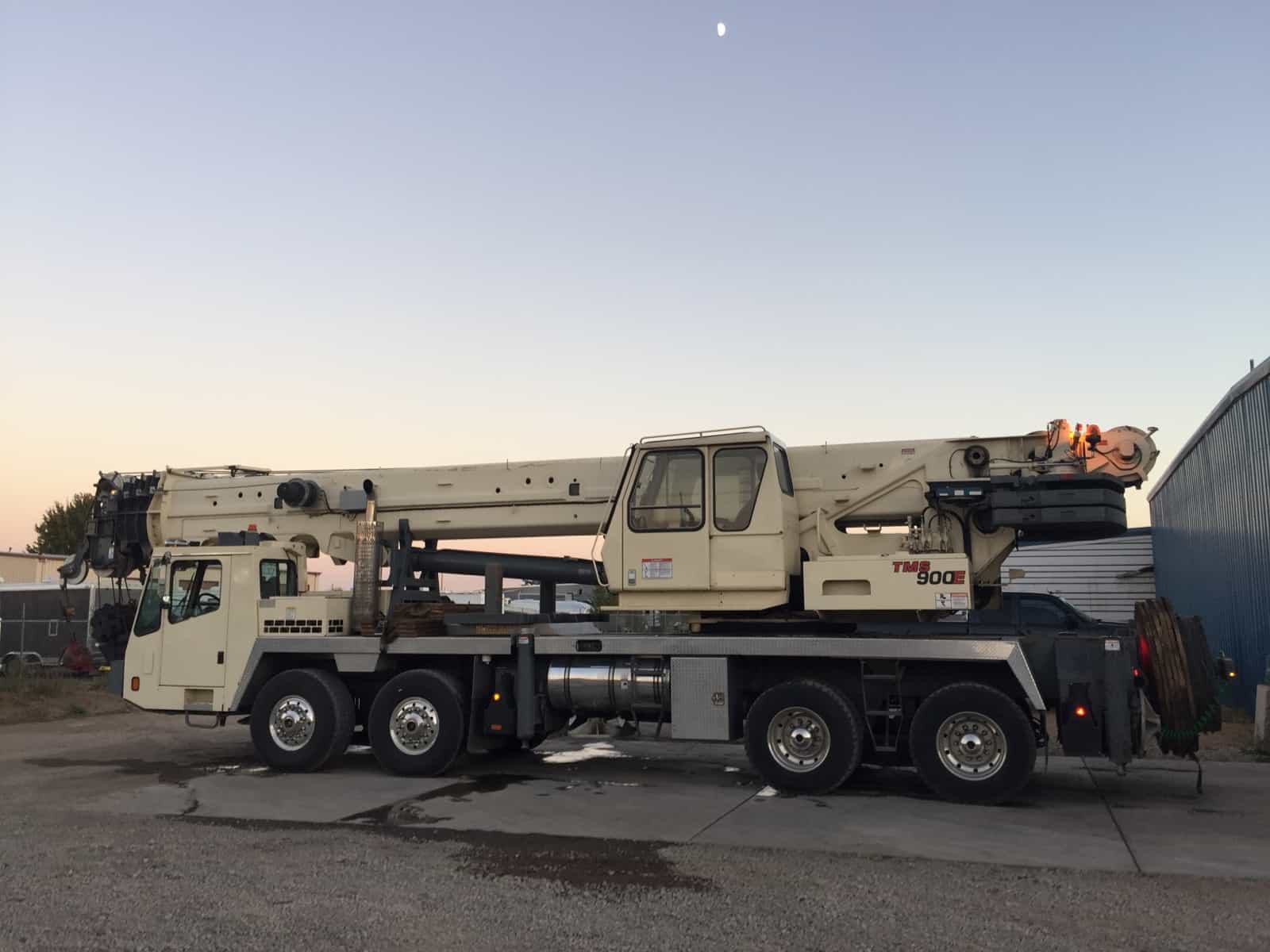Companies must always prioritize the safety of their workers while operating heavy machinery. One of the many dangerous scenarios of conducting a mobile crane is operating in windy weather. Here we will highlight safety protocols and tips for this situation.
Regulations and Limits
Regardless of what industry you’re working in there are standard rules and regulations put in place to ensure the safety of workers. Following these regulations is absolutely necessary to avoid accidents. Occupational Safety and Health Administration (OSHA) enforces protective safety and workplace health standards. Although they cannot force organizations to adhere to their codes, any logical person will voluntarily take heed to their instructions.
Manufacturers and Operators
Each crane has its own limits determined by manufacturers depending on the make and model. These limits should never be surpassed. Operators determine what constitutes proper use of the crane. Not only are crane operators the most experienced, they are most familiar with safety standards set by the manufacturer. Follow their instructions on proper use. Operators will have their own set of rules for maintaining safety which must be followed accordingly.
Wind Variables
Operators must determine what kind of winds are blowing (sustained or gusts), as well as the direction and power of winds. For a one day storm with persistent heavy gusts, it may be best to call off work for a day. Better safe than sorry when it comes to the health and safety of workers. However, in most cases an environment with light sustained winds can be acceptable for work when following proper safety procedures. Most mobile cranes are functionally designed to stand firm against winds up to 22-31 mph. Depending on the type of mobile crane being used, wind speed tolerance varies.
Effect of High Winds
High speed winds are extremely dangerous for various reasons. Loads can be blown off of cranes causing weight to be unevenly distributed. This can cause either the crane or the load to become off balance. As a result, the lower end of the crane or the whole load can become unstable. Whether the crane tips over, falls, or swings or a load becomes unstable; nearby people and buildings can be severely damaged, possibly destroyed.
Protocol
In order to prevent any harm from happening, there are a few precautions operators can take. First and foremost, stay updated with local weather reports. Although they are not 100% correct all the time, this can give operators an idea of what to expect. If unsure about wind speeds, operators can use an anemometer to detect the speed of winds. With frequent real time speed numbers, operators can make informed decisions on safety. Lastly, everyone working alongside a mobile crane must follow all safety instructions given from manufacturers and operators. Nobody wants to get hurt by a crane, so always remember to put safety first!





One Response
It’s very good to see a blog about crane safety and accessories. Recently I came across a similar article about Jib Cranes for Sale by Crane Authority . These types of crane services are safe and efficient for the job. I suggest you check it out.